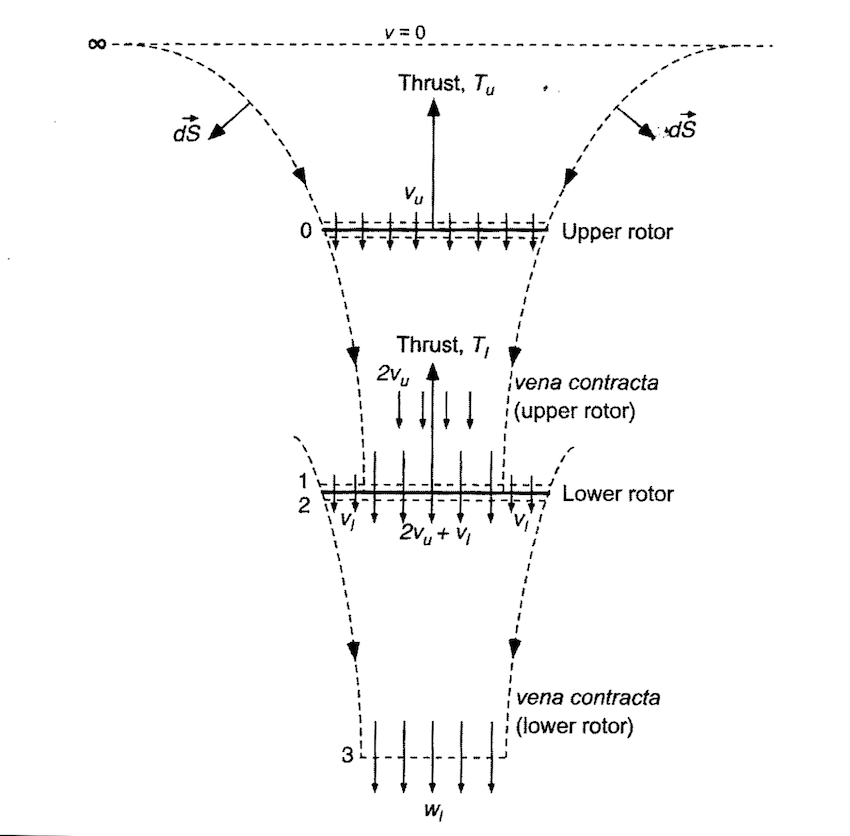I asked this question at https://space.stackexchange.com/questions/53931/manned-helicopter-on-mars but there was disagreement over whether a (now deleted) answer was correct, so I've re-asked it here.
To operate a helicopter on Mars capable of carrying people, how big would the rotor blades have to be compared to a helicopter on Earth?

